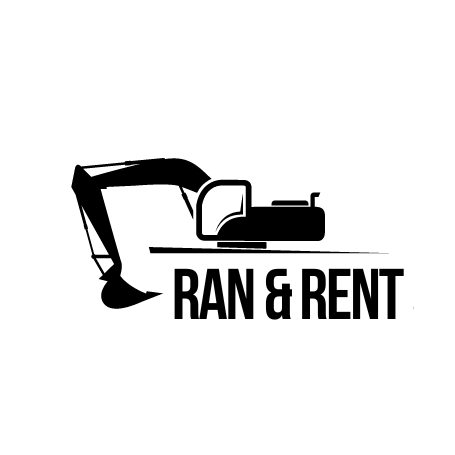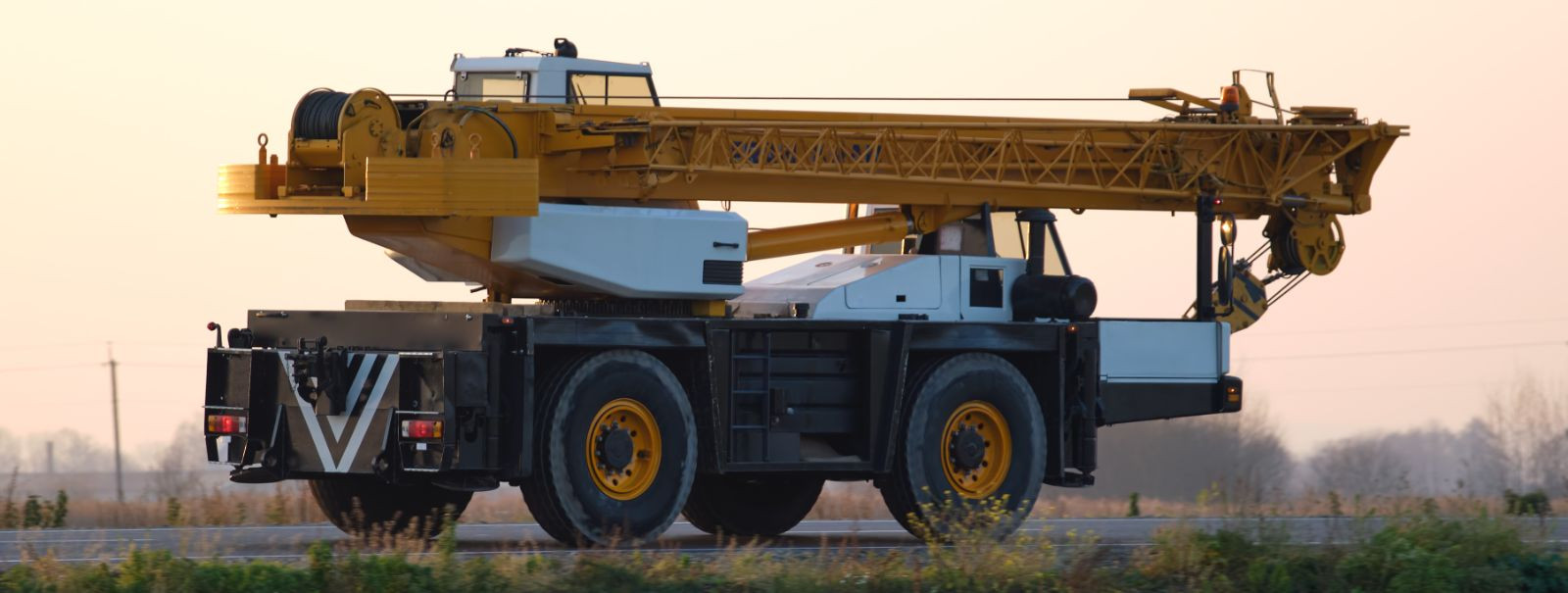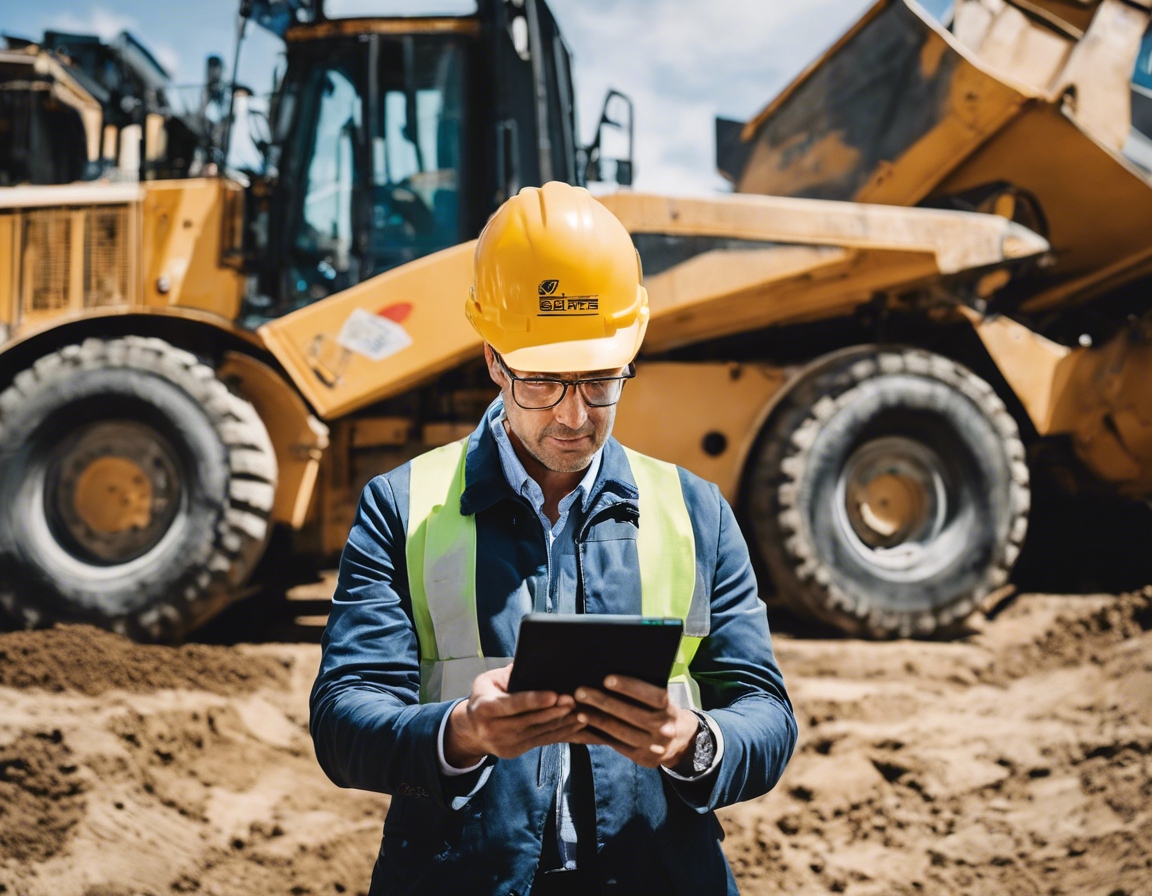The ultimate guide to safe lifting operations
Lifting operations are integral to the construction industry, where the movement of heavy materials is a daily necessity. Ensuring the safety of these operations is not just a legal requirement but also a moral and economic one. In this guide, we delve into the essential aspects of conducting safe lifting operations, from equipment selection to operator training and regulatory compliance.
Understanding the Basics of Lifting Equipment
Lifting equipment encompasses a wide range of tools and machinery designed to move, lower, or raise loads, including cranes, hoists, forklifts, and winches. Each type serves a specific purpose and is suitable for particular tasks within a construction project.
Selecting the right lifting equipment involves considering load capacity, reach, mobility, and the specific conditions of the job site. It's crucial to choose machinery that not only meets the technical requirements but also enhances safety and efficiency.
Planning and Preparation for Lifting Operations
Before any lifting operation, a thorough risk assessment must be conducted to identify potential hazards. A method statement should then be created, outlining the steps to mitigate these risks and ensure a safe lifting process.
A detailed lifting plan is essential for coordinating the operation. It should include information on the load, equipment, personnel, and the sequence of actions to be taken.
Operational Safety Measures
Regular inspection and maintenance of lifting equipment are vital to prevent malfunctions and accidents. A schedule should be established for routine checks and servicing, in line with the manufacturer's recommendations and legal requirements.
Proper load handling techniques are necessary to maintain balance and control during lifting operations. This includes understanding the center of gravity, using the correct slings and attachments, and ensuring clear communication among the crew.
Training and Competency
Operators of lifting equipment must be adequately trained and certified. This training should cover the operation of the specific machinery they will be using, as well as general safety practices.
Continuous learning and skill development are crucial for lifting personnel. Regular training updates and skill assessments can help maintain high safety standards and adapt to new technologies and regulations.
Regulatory Compliance and Best Practices
Compliance with local and international standards is mandatory for safe lifting operations. Familiarity with regulations such as OSHA, ANSI, and ISO can help ensure that operations meet the highest safety benchmarks.
Adhering to industry best practices, including those recommended by professional bodies and experienced practitioners, can significantly enhance the safety and efficiency of lifting operations.
Emergency Preparedness and Response
Having an emergency plan in place is critical for responding effectively to any incidents. This plan should include procedures for evacuation, rescue, and medical assistance, as well as protocols for reporting and investigating accidents.
Incident reporting and investigation are key components of a proactive safety culture. They provide valuable insights into the causes of accidents and help in developing strategies to prevent future occurrences.






Comments (0)